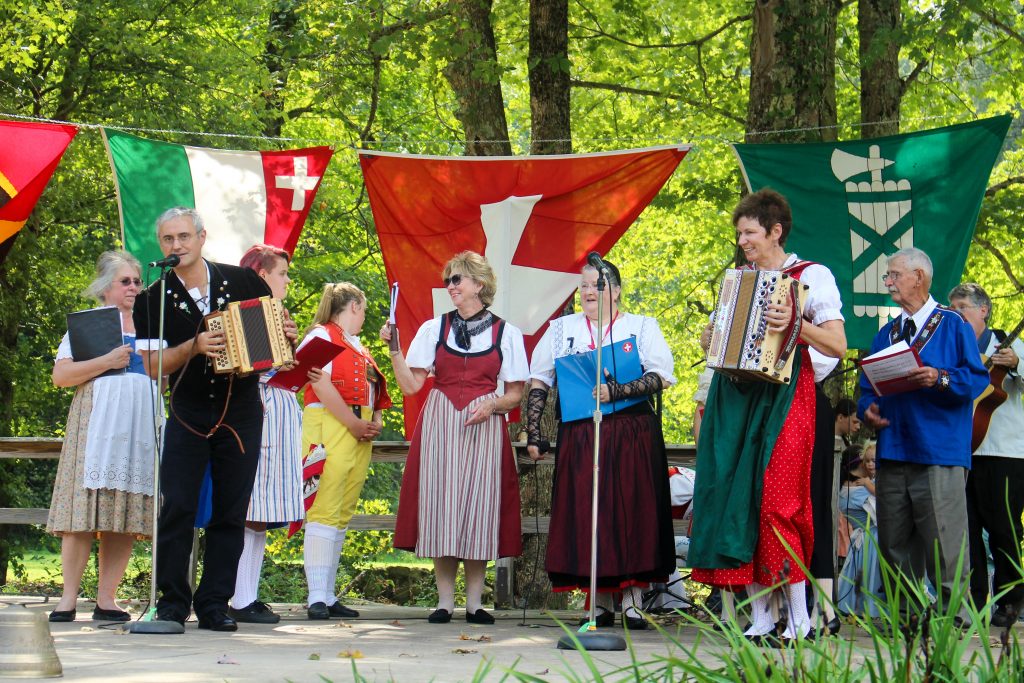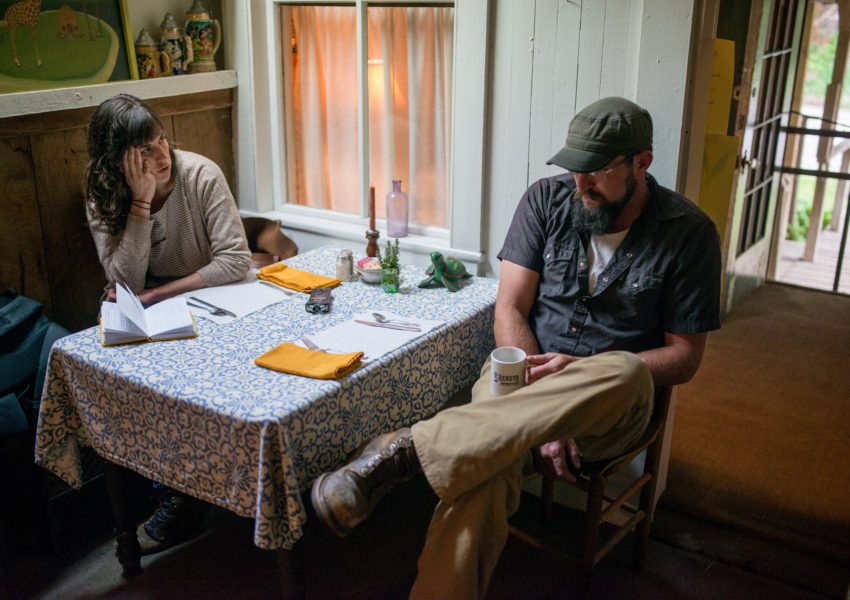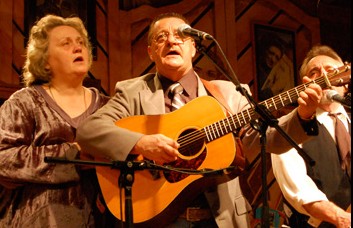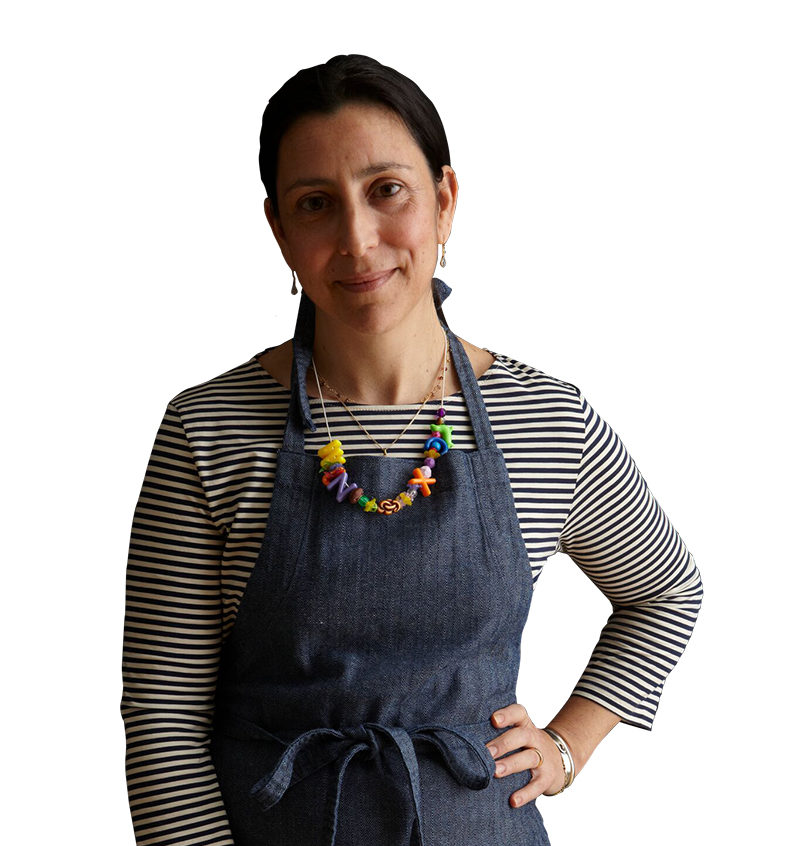Helvetia, West Virginia, population fifty-nine, is nestled in a high mountain valley along the Buckhannon River in the central part of the state. The remote village was settled in 1869 by a group of Swiss families who first immigrated to Brooklyn, New York during the Civil War. In Brooklyn, these families belonged to a mutual aid society of Swiss and German called the Grütliverein, and together sought a place where they could live freely and practice their respective art forms. One of their members had done some surveying in West Virginia and spoke of the large tracts of land, beautiful mountains, and plentiful forests of game. The group eventually found affordable acreage for sale in the area and established a village, calling it Helvetia, the Latin name for Switzerland.

In the near 150 years since its founding, the Swiss traditions practiced by Helvetians have evolved in various iterations. During the World Wars when societal anti-German sentiments ran high, the community decided it would be best to downplay their Swiss-German heritage, wanting instead to express the pride they felt as American citizens. Around the time of the town’s centennial in the late 1960s, Helvetia native Eleanor Mailloux and her friend, Delores Baggerly, began an initiative to reinvigorate the community’s Swiss traditions, establishing the Hütte Swiss Restaurant, producing a community cookbook Oppis Guet’s vo Helvetia, and holding public celebrations like Fasnacht, a pre-Lenten “mountain Mardi Gras” intended both to reinforce Swiss customs for locals and bring much-needed tourist dollars to the town in the sparse mid-winter months.

Today’s Helvetia embodies Mailloux and Baggerly’s vision. Baggerly’s artful touches are visible in the floral designs on the shutters of the village Cheese Haus, the coat of arms lining the Community Hall, and hand-painted signs throughout the town. The community hosts vibrant public celebrations throughout the year including Fasnacht, a ramp supper, an agricultural fair, and monthly square dances. The Hütte, owned by a collective of Mailloux’s descendants, sits on the main intersection, welcoming visitors to town with its cheery golden siding, Swiss gingerbread, and wood smoke steaming out from the chimney. It’s now a Helvetia institution, both as a daily public face of the town, but also in the role it plays in the preservation and continuation of the community’s foodways traditions and shared narrative. (You can read more about the Hütte in “Something Good from Helvetia” a 2014 Gravy web feature). Oppis Guet’s vo Helvetia is still published by the Helvetia Garden Club, and is a dog-eared standby in all Helvetia home kitchens.

A more intangible aspect of Helvetia heritage persists in the community value of the homegrown, handmade, and locally produced. While the number of Helvetians who make their primary income through agriculture has declined, most locals are involved in agriculture, craft, and food production in some form through winemaking, beekeeping, gardening, livestock, trapping, wild foraging, or home cooking. Young Helvetians are active in 4-H and display their canned goods, pelts, and wood carvings alongside the adults’ wares in the annual Community Fair, one of the oldest agricultural fairs in West Virginia.
This collection of oral histories conveys the values of a fiercely creative and productive close-knit mountain community where Swiss and Appalachian heritage are uniquely twined and enacted daily in a bite of sauerbraten, a sip of homemade wine, and many generations sitting around a Hütte table.












